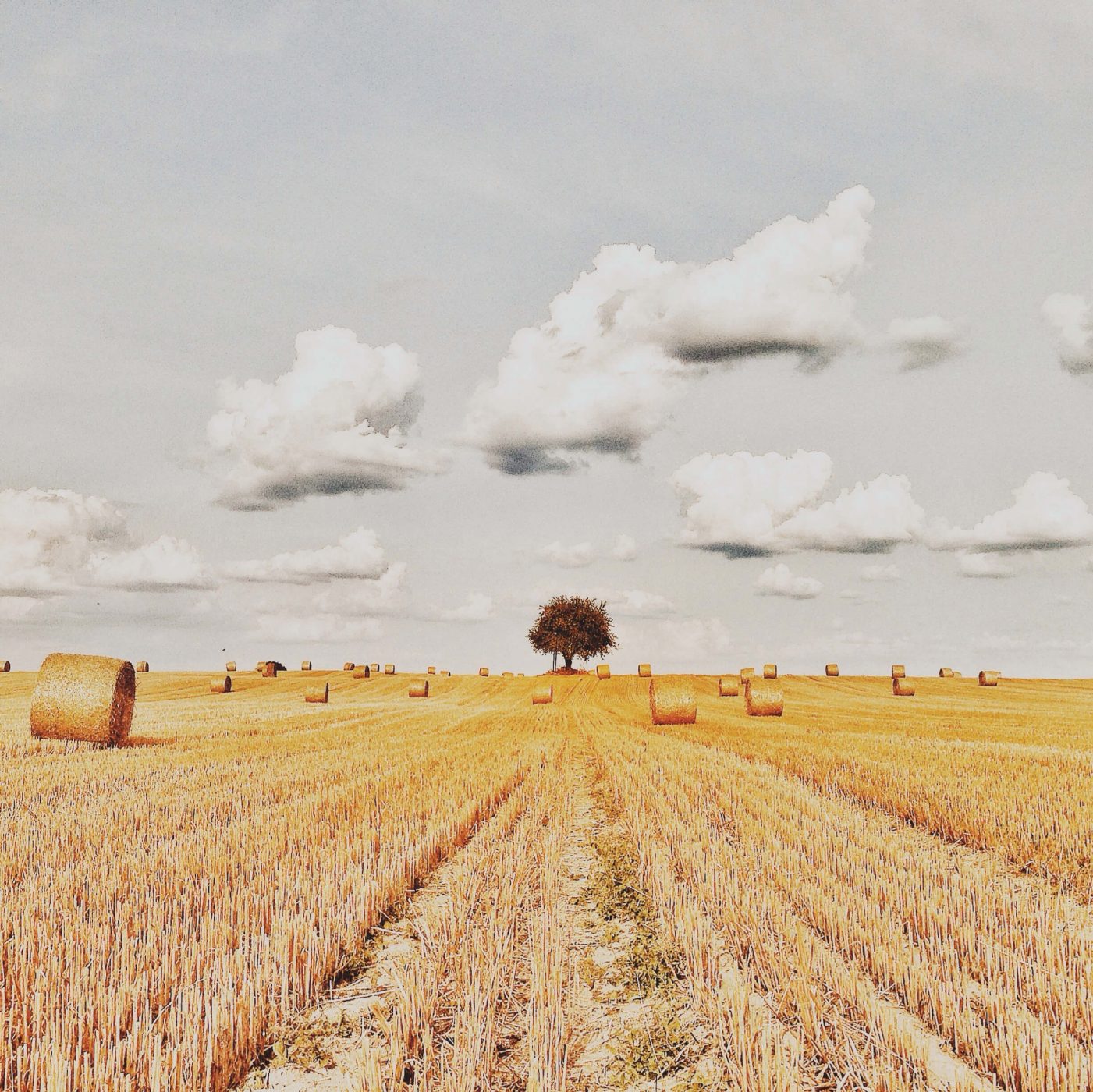- CEOCap
- Jaime Watt’s Debut Bestseller ‘What I Wish I Said’
- Media Training
- The Push Back
- Internship program
- Update Your Profile
- Homepage
- It’s time for a change
- It’s time for a change
- Kio
- Ottawa
- Art at Navigator
- Navigator Limited Ontario Accessibility Policy
- Virtual Retreat 2020 Closing Remarks
- COVID-19 Resources
- Offices
- Navigator Sight: COVID-19 Monitor
- Navigator Sight: COVID-19 Monitor – Archive
- Privacy Policy
- Research Privacy Policy
- Canadian Centre for the Purpose of the Corporation
- Chairman’s desk
- ELXN44
- Media
- Perspectives
- Podcasts
- Subscribe
- Crisis
- Reputation
- Government relations
- Public affairs campaigns
- Capital markets
- Discover
- studio
- How we win
- What we believe
- Who we are
- Careers
- Newsroom
- AI
- Empower by Navigator
- Environmental responsibility

Whether you are calibrating a campaign, developing messages or assessing related risks, geographic and cultural nuance is an essential consideration. Nowhere is this more true than in Western Canada.
For many Canadians, the vast geographic space between the Canadian Shield and the Rocky Mountains is frequently—and inaccurately—lumped together as ‘The West.’
On the surface, Manitoba, Saskatchewan and Alberta share some important characteristics: affinity for First Nations’ culture, spectacular Prairie landscapes, big skies, abundant wheat, a passion for perogies, a love of curling and a predilection for hotels with indoor waterslides. And they all experience extreme weather—from bitter cold to blistering heat.
Beneath those similarities, however, life in each of these provinces is distinct. For example, in the winter, Calgarians, with their milder weather and proximity to the mountains, are always off skiing and hiking. It seems everyone has a dashing array of sporty clothes and an SUV with a roof rack. In Manitoba and Saskatchewan, where the Prairie winds howl, the only reason to go outside after Labour Day is because you forgot to plug in your car (or, if you live in Winnipeg, maybe to attend a Jets game).
In Saskatchewan, few people are more than one generation away from the family farm. While the rise of the potash and energy industries in the province has led to a more diversified economy and the first growth in its population in many years, the province and its residents still identify themselves with farming.
Alberta’s identity, by contrast, is framed by its role as an international oil and gas producer with strong, direct links to the United States. Even as world oil prices have slumped over the last year, it continues to attract an eclectic mix of domestic migration and international immigration. It is also driven by a resolute work ethic. People get up early (7:30 meetings are the norm), show up on time for dinner parties and pursue well-paying jobs at company headquarters. Saskatoon has PotashCorp and Winnipeg has Investors Group, but Alberta is the place for unabashedly, upwardly mobile corporate types who shop at the only Nordstrom’s west of the Ottawa River.
In Calgary, the houses are big and new and there are strip malls galore to cater to them. Calgarians also tend to drive everywhere—trucks and SUVs seem obligatory.
In Winnipeg, homeowners are more inclined to renovate old houses built in the glory days of the railway, whereas urban in-fills dominate Calgary.While the biggest news (outside of hockey) to hit the ‘Peg in recent years was the arrival of IKEA, the city continues to strongly support small businesses and fosters a robust culture of independent entrepreneurship.
That support is based on an economy that is less prone to the booms and busts that tend to characterize the commodity-based economies of Saskatchewan and Alberta.
Ever since the days of the fur trade, Manitoba, with its location at the centre of the continent, has been a transportation hub. That, along with insurance, manufacturing and other industries, gives it a calmer vibe. That is reflected in the signs erected by the provincial government to sell its infrastructure spending program. ‘Steady growth, good jobs.’ Nothing flashy, but Manitobans remain fiercely proud of their communities.
“Working strategically with governments on R&D and other initiatives is another way to mitigate and manage related risk.
